With National Science Week on from 9th to 17th August 2025, this is a great opportunity to introduce science to babies. For babies it’s less about formal experiments and more about sensory exploration, pattern recognition, and curiosity-driven play—all foundational to scientific thinking and nurturing their natural curiosity and helping them explore the world through sensory-rich, playful experiences.
Why Babies Are Natural Scientists
According to UNICEF:
- Babies constantly test hypotheses—dropping objects, splashing water, and observing reactions.
- They explore cause and effect, patterns, and properties through everyday play.
- Adults can scaffold this learning by naming experiences, asking open-ended questions, and offering safe materials to explore.
Simple Ways to Introduce Science to Babies
Here’s a curated list of simple science concepts that babies can explore through everyday play and sensory experiences—all grounded in early learning theory and real-world examples:
| Concept | How Babies Explore It | Example Activity |
|---|---|---|
| Cause & Effect | Repeating actions to see outcomes | Dropping toys, splashing water |
| Gravity | Observing falling objects | Tossing soft balls or food from high chair |
| Sink vs Float | Exploring water play | Bathtub experiments with toys |
| Light & Shadow | Tracking movement and contrast | Flashlight behind punched card (“star” projector) |
| Texture & Properties | Touching different materials | Sensory trays with jelly, sand, fabric |
| Sound & Vibration | Listening and reacting to sounds | Shakers, banging on surfaces |
| Living vs Non-living | Watching pets or plants | Following a pet, watering a plant |
| Change of State | Observing melting or freezing | Ice cube play, painting on ice |
| Magnetism | Discovering attraction and repulsion | Using magnets with metal objects (with supervision) |
10 Engaging Science Experiments for Babies
| Experiment | What It Teaches | How to Do It |
|---|---|---|
| Oobleck | Liquid vs solid properties | Mix 2 cups cornstarch + 1 cup water. Let babies squish and explore. |
| Ice Cube Painting | Melting, color mixing | Freeze colored water in cubes. Let babies “paint” as they melt. |
| Bubble Wrap Stomp | Cause and effect | Tape bubble wrap to the floor. Let babies crawl or stomp on it. |
| Sensory Bottles | Observation, motion | Fill clear bottles with glitter, beads, or oil-water mix. Shake and watch. |
| Water Transfer | Volume, flow | Use cups and spoons to transfer water between containers. |
| Color Mixing | Visual change, prediction | Mix colored water with droppers on absorbent paper. |
| Lemon Volcanoes | Acid-base reaction | Add baking soda to halved lemons. Watch the fizz! |
| Cloud in a Jar | Condensation | Spray shaving cream on water in a jar. Add colored water drops. |
| Magic Milk | Surface tension | Add food coloring to milk, then touch with dish soap. Watch it swirl. |
| Balloon Rockets | Motion, air pressure | Tape a straw to a balloon, thread it on string, and release! |
Tips for Educators and Families
- Let babies lead—follow their gaze, gestures, and interests.
- Narrate the experience—use rich language: “The water is cold and splashy!”
- Repeat and reflect—babies thrive on repetition to build understanding.
- Document micro-moments—photos, notes, or short videos can capture scientific engagement.
Further Reading
Exploring Science In Early Childhood
Easy Science Experiments For Toddlers and Preschoolers
Science Resources For The Early Years
Examples of STEM Experiences
STEM For Toddlers
Scientists And Their Jobs Posters



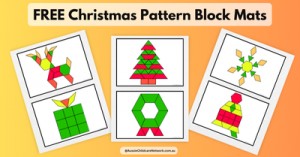
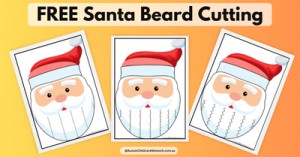
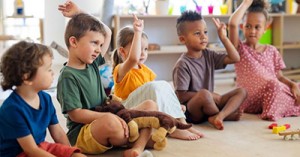
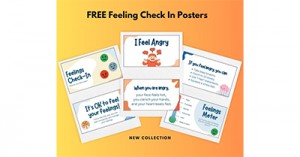
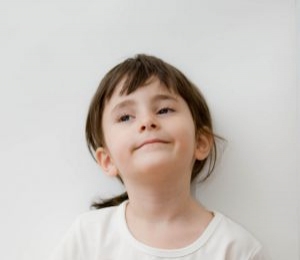 Open ended questions cannot be responded to with one word answers such as yes or no. These types of questions enables a child to provide
Open ended questions cannot be responded to with one word answers such as yes or no. These types of questions enables a child to provide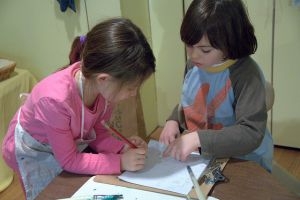 During your child’s preschool years, an important milestone begins to emerge. This is the development of pre-writing skills. Pre-writing skills are used to encourage, develop
During your child’s preschool years, an important milestone begins to emerge. This is the development of pre-writing skills. Pre-writing skills are used to encourage, develop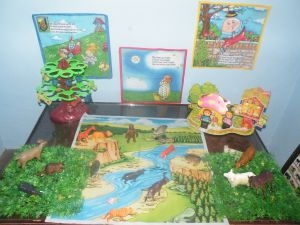 Open ended materials enables children to play freely. They are objects that have no rules to follow, use or function. Raw materials that can be
Open ended materials enables children to play freely. They are objects that have no rules to follow, use or function. Raw materials that can be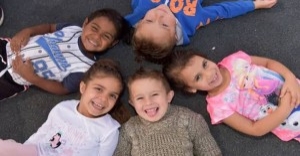 An Acknowledgment of the Country is a way of showing respect for the Traditional Owners and can be given by both non-Indigenous people and Aboriginal
An Acknowledgment of the Country is a way of showing respect for the Traditional Owners and can be given by both non-Indigenous people and Aboriginal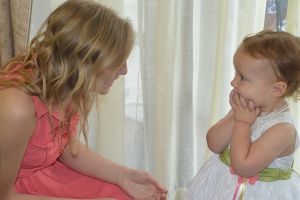 Language plays an important role in a child’s development. It enables a child to communicate effectively with their family, learn at school, socialize with friends,
Language plays an important role in a child’s development. It enables a child to communicate effectively with their family, learn at school, socialize with friends,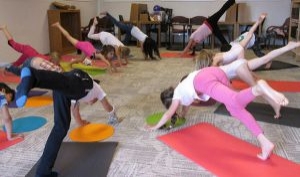 Like adults, children have to deal with their own stress in life. Moving house, starting a new school, preparing for a new sibling - these are
Like adults, children have to deal with their own stress in life. Moving house, starting a new school, preparing for a new sibling - these are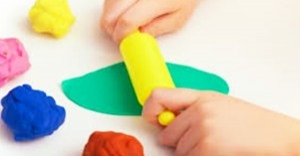 Playdough is such a versatile material. It provides numerous benefits to children as they manipulate it, it is safe and soothing and provides children with
Playdough is such a versatile material. It provides numerous benefits to children as they manipulate it, it is safe and soothing and provides children with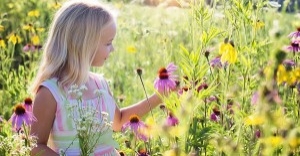 Teaching children about sustainability enables them to appreciate and respect the natural environment. Early childhood services can provide meaningful hand on learning experiences in order
Teaching children about sustainability enables them to appreciate and respect the natural environment. Early childhood services can provide meaningful hand on learning experiences in order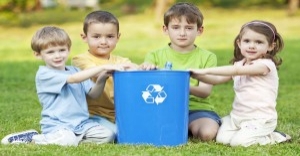 Recycling is an important concept that teaches children to care for the environment. It encourages children to be responsible and show a growing appreciating for
Recycling is an important concept that teaches children to care for the environment. It encourages children to be responsible and show a growing appreciating for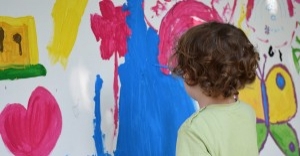 When children apply paint to paper, glue things together, or pound a lump of clay, they experiment with colour, shape design and texture.
When children apply paint to paper, glue things together, or pound a lump of clay, they experiment with colour, shape design and texture.



